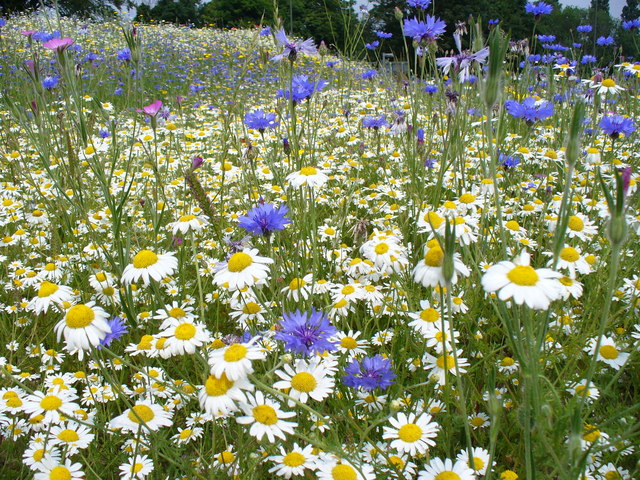My latest historical romance, "The Master Cook and the Maiden" takes place in early spring but mentions summer as a time for travel. May in particular for people in the Middle Ages was both very busy and a time of relaxation and pleasure. After the hard graft of winter and spring, May was a holiday month in early summer, with few tasks in the agricultural calendar. May Day, a blend of Christian and older pagan traditions, was celebrated by everyone, with dancing, revels and drink.
 Later summer was a harder task-master: if a peasant worked on the land, later summer was when the sheep were sheared, then the hay and wheat harvests were gathered in. Summer, too, was often the prime time for military activity, when knights might be called to fight for their overlord or king on campaign. However, even in these months there was merry-making.
Later summer was a harder task-master: if a peasant worked on the land, later summer was when the sheep were sheared, then the hay and wheat harvests were gathered in. Summer, too, was often the prime time for military activity, when knights might be called to fight for their overlord or king on campaign. However, even in these months there was merry-making.
Midsummer was marked by bonfires, a pagan ‘left-over’ from the earlier festival of Beltane and celebrated in the Middle Ages as the saint’s day of St John. Young couples would sometimes leap over the midsummer bonfire for luck. Wells could also be dressed with flowers around this time – a relic of earlier water-spirit worship, and still carried on today.
I touch on some of these customs in my novella "Midsummer Maid", part of "A Knight's Choice and Other Romances."
I touch on some of these customs in my novella "Midsummer Maid", part of "A Knight's Choice and Other Romances."
July was marked by St Swithin’s day, when the strewings in the churches would be changed from the winter rushes and straw to the summer hay and sedges, and August saw the feast time of Lammas – loaf mass – to give thanks for the hard-won harvest.



.jpg/637px-BLW_Stained_Glass_Panel_(August).jpg)

I love this kind of history, the day to day people and their joys and work. Thank you. Doris
ReplyDeleteI was glad to see all the fun things people enjoyed during the warmer months. he pleasantries they enjoyed were simple compared to what we have in these modern times, but I think their activities and entertainments were so much fun. What could be better than bonfires and the blossoming trees and fields coming to life?
ReplyDeleteAll the best to you, Lindsay. I love your Medieval romances.
Beautiful pictures of spring, and such fascinating history. Lovely post. I really enjoyed it.
ReplyDeleteMany thanks, Doris, Sarah and C.A.! Glad you enjoyed it.
ReplyDelete